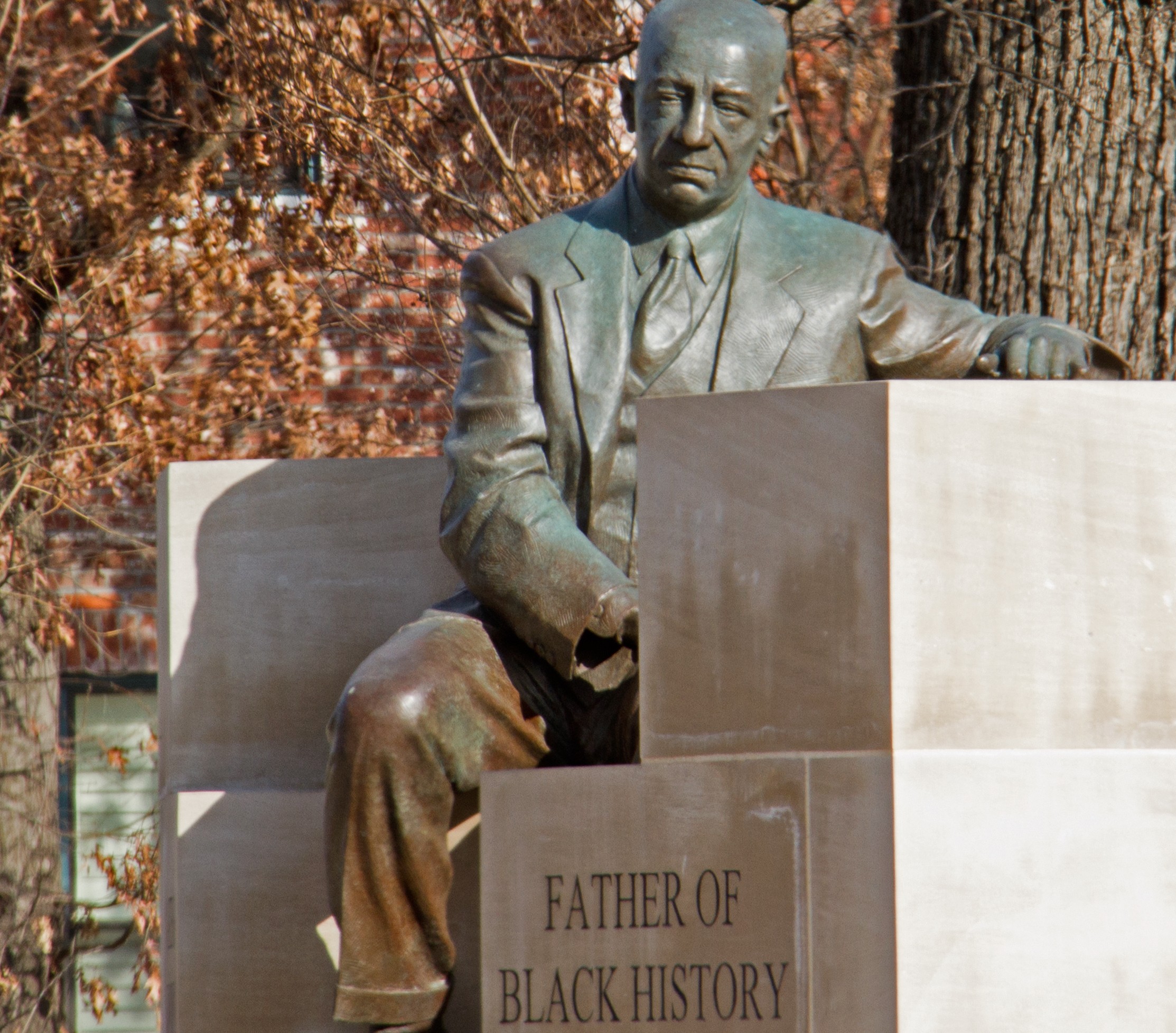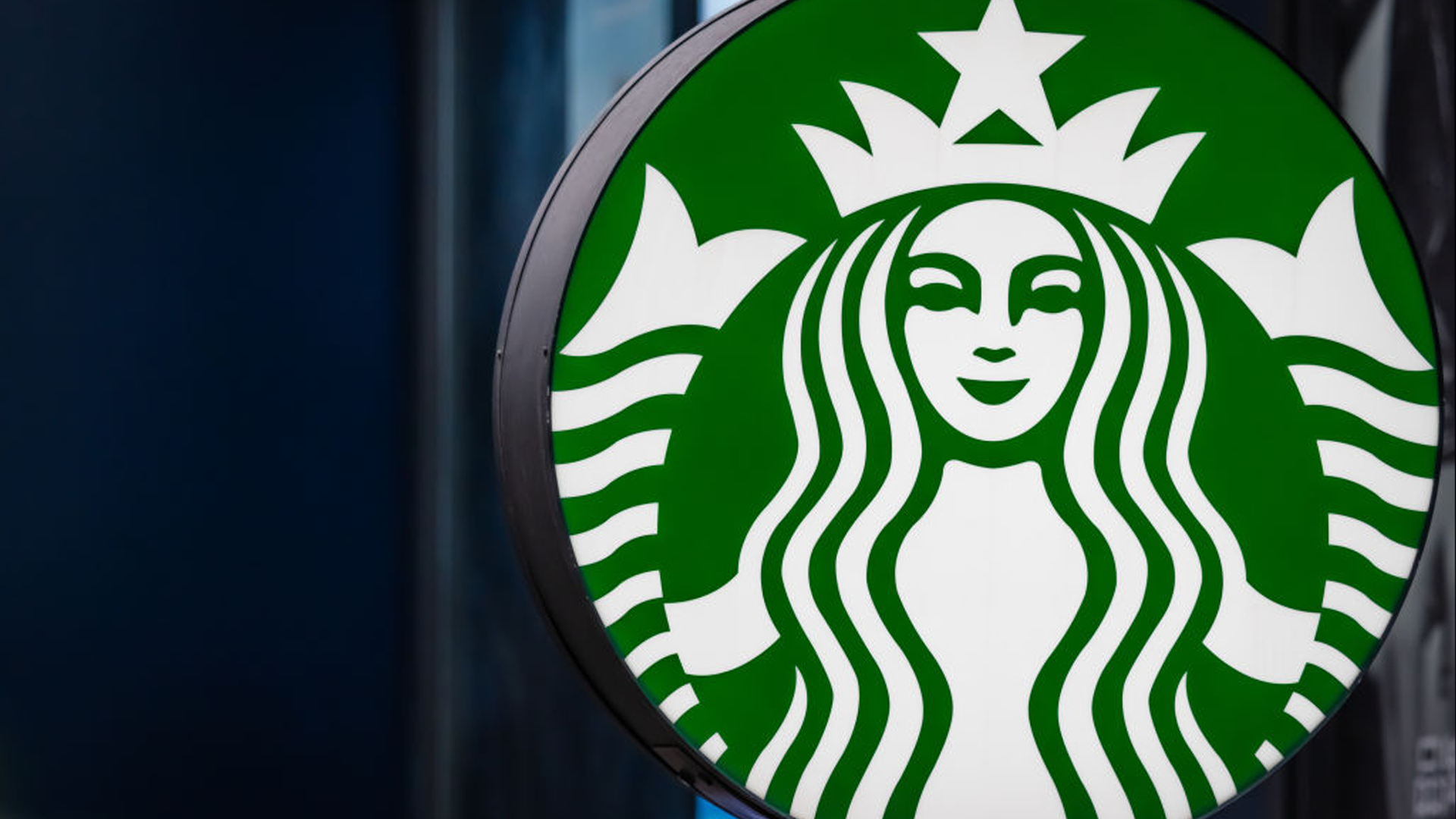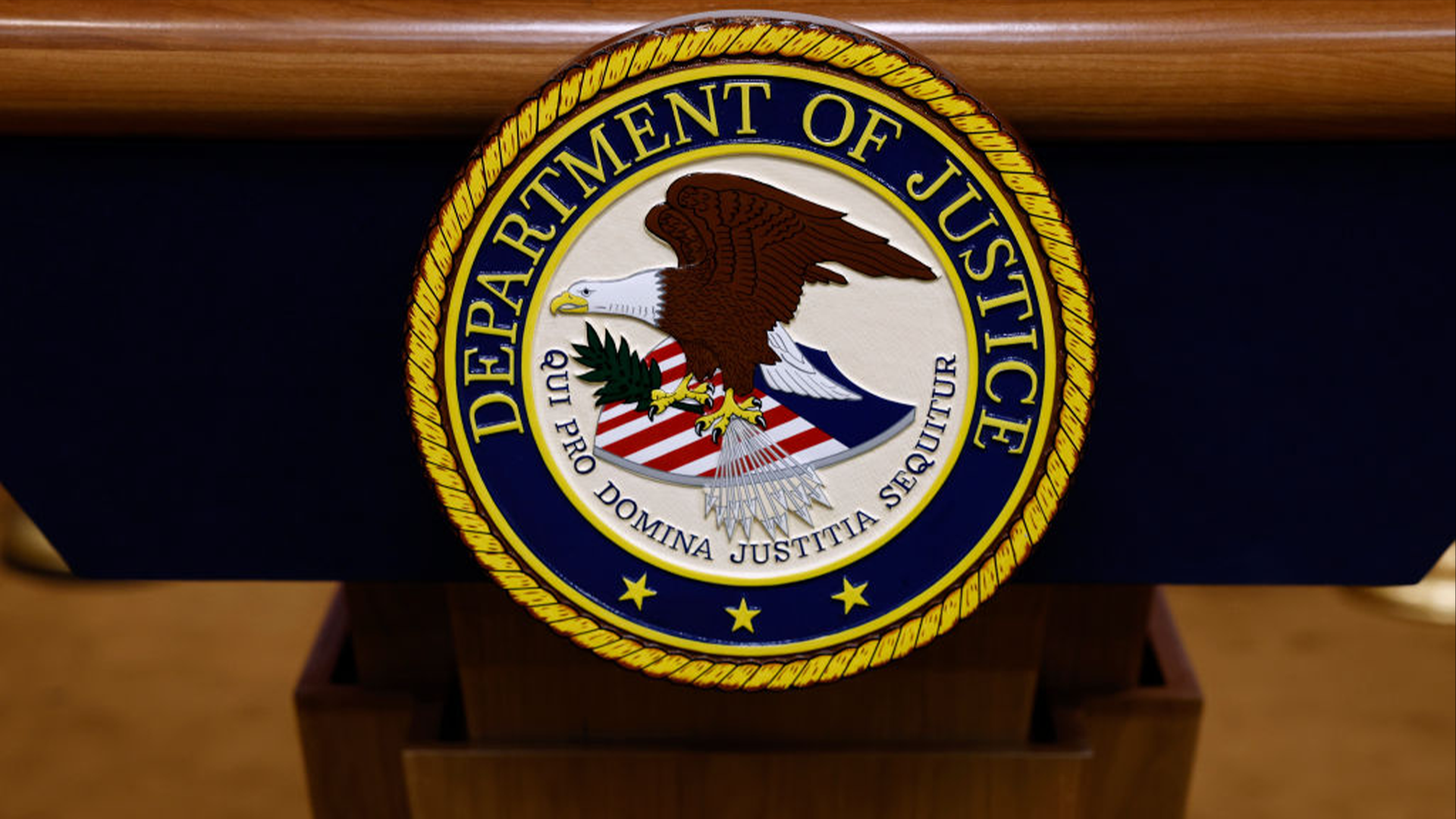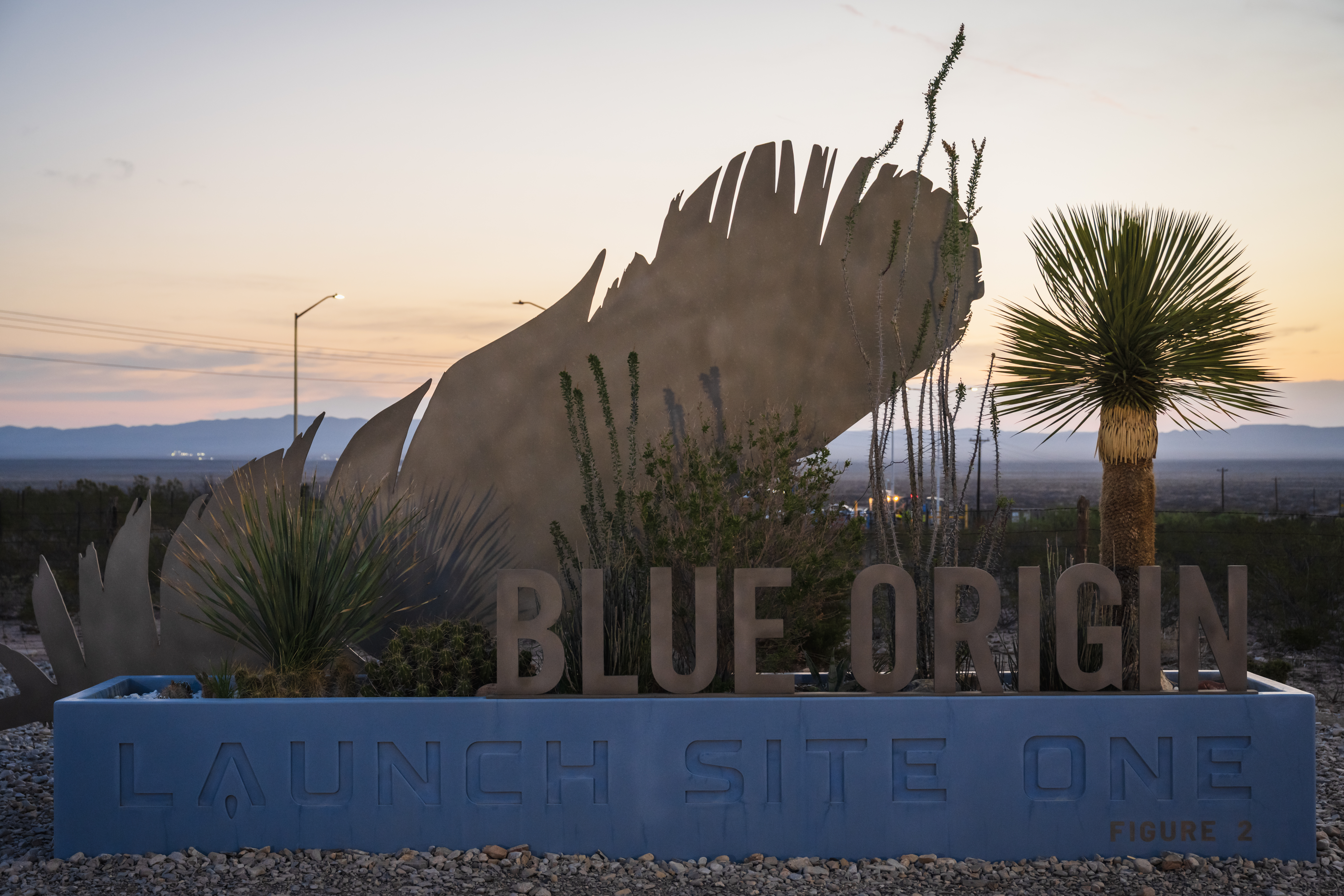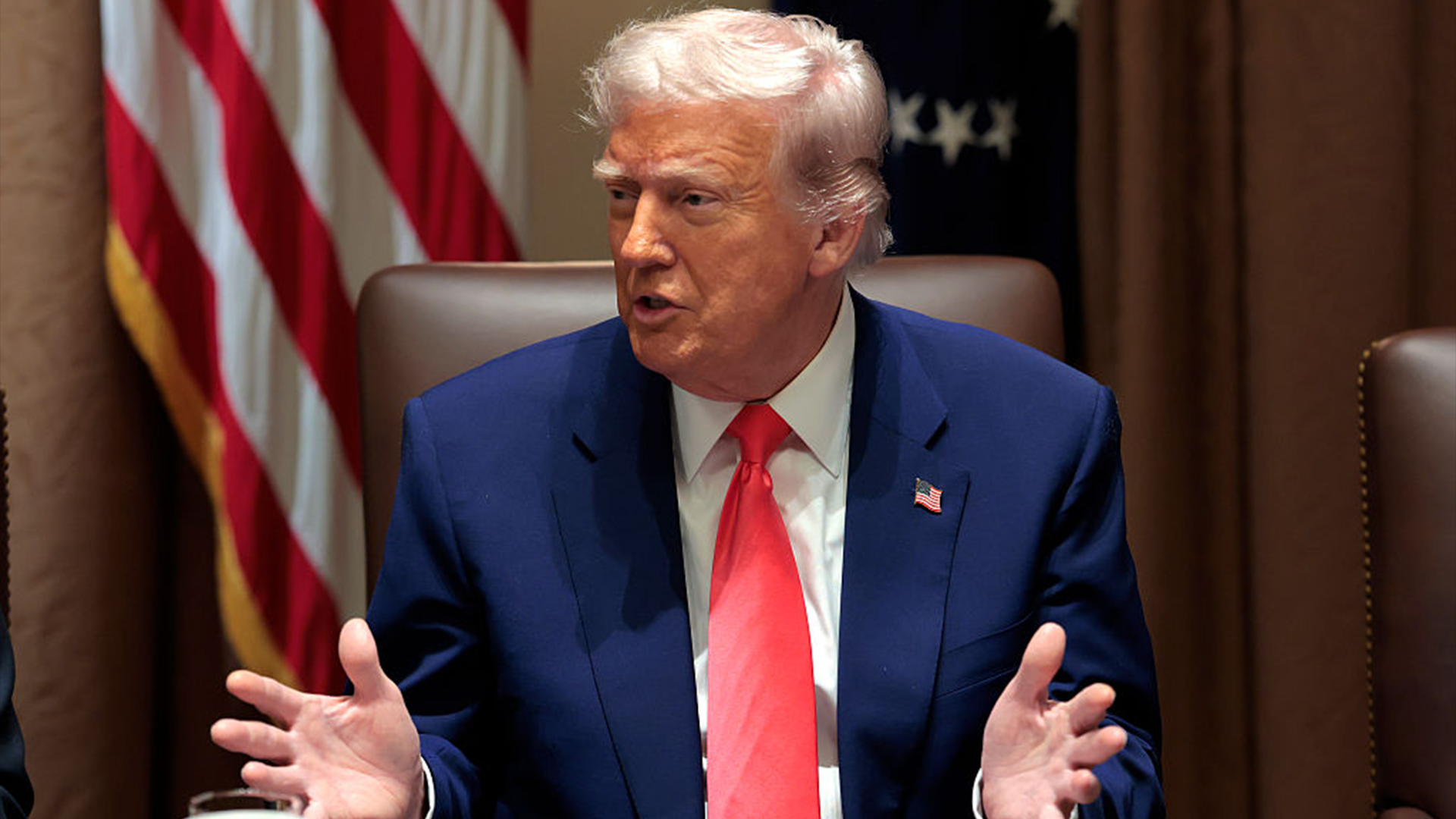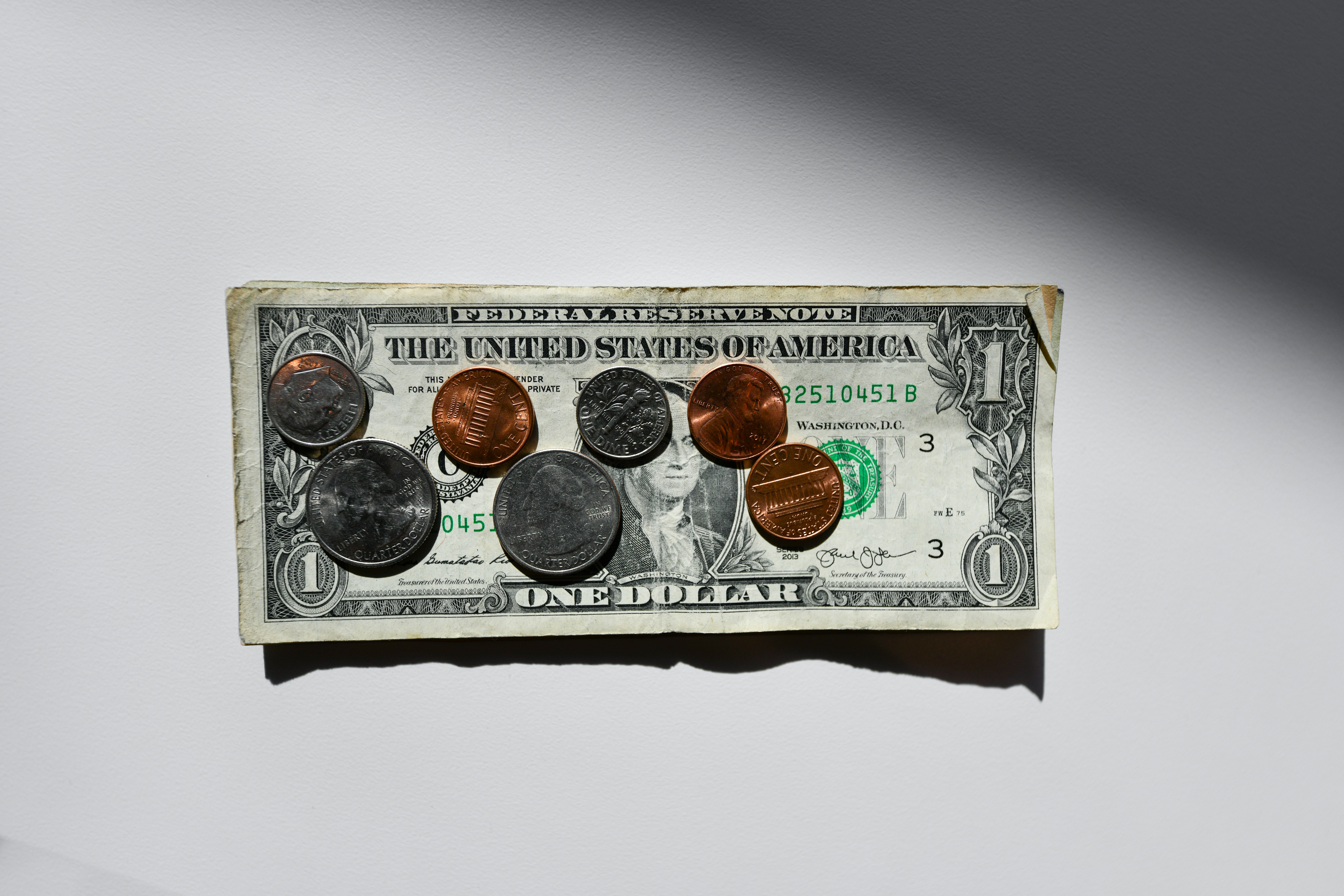Some facts about Black History Month have been well-established: Carter G. Woodson was a member of Omega Psi Phi fraternity. His frat created Negro History and Literature Week in 1924. Woodson sent out a press release to announce the first Negro History Week. He chose February to honor another historical legend, a formerly-enslaved-man-turned-activist Frederick Douglass, who had chosen February 14 as his birthday without knowing his real birthdate. Negro History Week was also chosen to honor former President Abraham Lincoln’s birthday on February 12. And on its 50th anniversary, in 1976, younger members of the Association for the Study of African American History extended Negro History Week to Black History Month.
While all of these facts are inarguable, there’s one point that remains vague: What exactly are you supposed to do during Black History Month? Like Juneteenth, there were never any established rules. For employees who want to honor this month, are there tips for how to celebrate Black History Month at work? Plenty. Here are 10.
Post A Sign Honoring Black Inventors That Are Relevant To The Industry
No matter the industry, find someone in Black history who is relevant to that field and post an image and short bio about them in a public space. Using fashion design as an example, from costume designers to local hotels and laundromats, Black people have been influential within the textile industry. Customers and clients who pick up clothes from the cleaners or toss them aside for maintenance to clean may have no idea of this. One inventor is Ellen Eglin, who created an improved clothes wringer, allowing clothing to be washed and dried faster by inserting them through two rollers to wring out. In 1888, Elgin sold her patent for $18 to a white person because she felt it would have a better chance at success than if people knew the inventor was a Black woman. Or, if the store has a security system, temporarily scrap the “You’re on camera” sign for a “Thank you, Marie Van Brittan Brown, for keeping our store safe” for her home surveillance camera invention.
Create A History Trivia Game With A Prize Of A Paid Day Off
Who doesn’t want a freebie day off that they don’t have to calculate into their already-approved vacation or floating days? Send out a work email to the entire staff with a few questions about Black history and allow them to answer on a questionnaire platform (ex. Google Forms, SurveyMonkey). Tally up the individual answers to see how many people got it right. If there is a tie, use a random choice site like Rafflys to pick a winner.
Offer A Refresher Course In 401(k) And Investment Plans
Even with companies that offer a matching contribution plan from the first day of hire, there may still be employees who don’t understand how it works. In a Retirement Security Survey, Principal Financial Group found that 59% of employees wrongly believed they were contributing to a 401(k) retirement plan and 49% thought they were auto-enrolled. Out of the 1,110 workers of varying ages, races and income, none of them were actually in the 401(k) program. With so many anti-diversity, equity and inclusion (DEI) campaigns popping up from various companies after the last presidential election, this is as good of a time as any for Human Resources and third-party investment companies to give employees a refresher on how stocks, bonds, exchange-traded funds (ETFs) and 401(k) plans operate. Help them to understand how partial versus full stock purchases work, so they can then choose companies that embrace DEI. (Employers can also revisit the company-contribution matchups to encourage employees to participate.)
Organize A Potluck With Food That Is Relevant To Black History
Not everybody eats soul food, and Black vegans and vegetarians won’t be impressed by the co-worker bringing in a platter of fried chicken. There’s more to Black History than what may be seen around a Thanksgiving table or the Fourth of July BBQ. Additionally, a multicultural workspace may have no idea what food to bring to a Black history event altogether. A work party-planning committee can either write out a list of foods that have a historical link to Black history. Or, assign each co-worker to bring in their own dish that they can then explain the link to Black history. (The party-planning committee should take care of plates, cups, cutlery and water though. Don’t let anybody get out of actually trying to think of a Black history dish.)
Send Out An Employee Questionnaire Asking Who Their Favorite Black Historical Person Is To Post On Social Media
There are no wrong answers here. Give all employees a chance to pick someone who they consider to be an icon in Black history. Avoid picking apart their answers; social media does that enough. Post an image of the employee next to an image of their iconic person, with a short description for consumers to read. This allows the public to know about the company’s personalized support for Black History Month.
Participate In A White Elephant Black History Giveaway
While this “Dirty Santa” game is usually reserved for Christmas, these humorous and hard-to-get-rid-of gifts can add some fun to the workplace instead of it feeling like history class. But the White Elephant gift must tie to some historical fact. For example, a gift giver can bring in a replica of that pink and black church hat that Whoopi Goldberg wore in Ghost. But when someone opens the gift box, there should be a card inside of that hat with text about Goldberg being the first Black person to be nominated for both Best Actress and Best Supporting Actress at the Academy Awards. Of course, there may be White Elephant gifts that start arguments, such as the Anatomy of R&B card game if you’re an Alicia Keys’ fan. It’s all in good fun though, and the history card attached to the shady game should have a note that the pianist sold 90 million records worldwide and has 14 Grammys.
Announce A Kahoot! Black History Game To Start A Work-From-Home Meeting
Some employees really hate meetings, even if it means doing it from the comfort of their own homes. But if it starts off with a competitive trivia game on Kahoot! about Black History Month, that can wake up groggy co-workers more than a Starbucks gift card. They can play on their mobile phones or their computers. (Some Kahoot! participants swear phones are faster.)
Organize A Scavenger Hunt Around The Office With Black History Mementos
For employees who still love a good two-person card game or other party games instead of staring at a mobile app, an in-person scavenger hunt around the office is going to go over well. Hide a miniature version of the iconic 820 South Michigan building, the first Black-owned building in Chicago’s downtown area. (It was also where the publishers of EBONY and JET magazine worked.) Is the mini-building on top of the work fridge? Is it next to the mailroom stapler? And what about those Malcolm X spectacles hidden inside of the coffee filters in the cafeteria? The freezer would be too obvious of a place to look for an empty chocolate Baskin-Robbins container from the Obamas’ first date, but that didn’t stop one employee from finding it behind the mailroom scanner.
Start An Office Book Club With Black History Books
Just because Florida banned Amanda Gorman’s The Hill We Climb doesn’t mean the workplace book club can’t buy it. For employees who are just too busy to read long books, that poem will do. Or, employers can offer employee discounts for audiobooks. Michael Harriott’s Black AF History: The Un-Whitewashed Story of America is way more entertaining when he reads it aloud versus flipping pages anyway.
Organize A Best-Dressed Harlem Renaissance Costume Party
Halloween and Christmas are not the only times employees should dress up in festive gear. While there have been more than enough at-home costume parties related to The Great Gatsby book theme, the quiet part is Black people in attendance would’ve realistically still been dealing with Jim Crow laws (from the 1880s to the 1960s). However, F. Scott Fitzgerald’s The Great Gatsby book and movie did have one thing in common with the Harlem Renaissance: the clothing attire.
If this is a workplace that actually does have employees who enjoy dressing up, a Harlem Renaissance party will be an entertaining day at the office. Change the conference room name to “The Cotton Club.” Give the employee who moonlights as a deejay the chance to play the best in jazz and blues. Karaoke is a given, with songs from artists such as Louis Armstrong, Ethel Waters, Lena Horne and Bill “Bojangles” Robinson. If any co-workers can play the piano like Jelly Roll Morton, the soprano saxophone like Sidney Bechet, the trombone like Kid Ory, or the cornet like Bunk Johnson and Freddie Keppard, even better. Just beware of potential noise complaints if this is an office party. It may be better suited for a corporate party venue after work.
Encourage Other Awareness Months At Work
If this Black History Month party or small history moment goes well, this may encourage other groups in the office to get involved. November isn’t just Thanksgiving; it’s also Native American History Month. September is Latinx Heritage Month. Then there’s Asian American and Pacific Islander Heritage Month in May. This is an opportunity to allow employees to bring their own DEI festivities to the office to educate those who may never experience it elsewhere. Make Black History Month so memorable that employees will look forward to next year’s February already and already be planning their own awareness month events.
